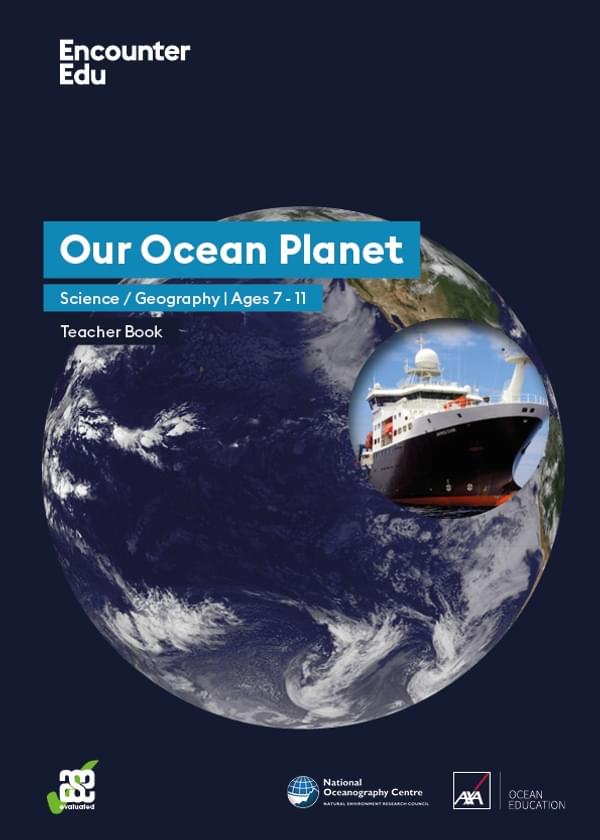How to teach evolution
Evolution can seem like a daunting topic to teach. It can be very hard to explain. Actually, it’s just developing the ideas the students have already learned about how changes in the environment can kill some organisms. So don’t panic: let’s take this step by step.
First, let’s look at inheritance...
Inheritance (concept)
The idea that parents produce the same kind of children, who will normally have slightly different features both to their parents and to each other. For instance, cats give birth to cats not dogs, and the kittens they have will all be a bit different to each other and the parents.
Next, let’s look at adaptation...
Adaptation (name)
A feature that makes an organism suited to living in its habitat. So an individual plant or animal can have several adaptations.
Adaptation (concept)
The idea that organisms are suited to living in its habitat. It is better to use the word suited for Key Stage 2. So an individual plant or animal can be suited (adapted). It also means that some individuals can be better suited (adapted) than others.
Adaptation (process)
Adaptation is the process whereby the individuals who are better suited (i.e. best at living in the habitat) are more likely to survive and have children that are then similar to them. This means that there are particular types of plants or animals that always stay good at living in that particular habitat.
Adaptation and the environment
Adaptation in a stable environment
If the habitat stays the same then, from generation to generation, those best adapted are similar. So the plant or animal does not change.
Adaptation and sudden environmental change
If there is a sudden large change to the habitat, the plants and animals won’t be suited (adapted). So they will all die. We say those types of plants and animals have gone extinct.
Adaptation and gradual environmental change
If the habitat changes gradually, then those that are best suited (or best adapted) change slightly over time. And so slightly different individuals survive and have children that are then similar to them. If this keeps happening, then after many generations, the slight differences build up into a big difference, which means that type of organism has changed.
There is a change in the environment. The temperature drops and hairier bears survive better. This keeps happening over many generations, and eventually the bears all have very long hair and are a different type of bear.
Adaptation in new habitats
Sometimes, instead of the habitat changing, individuals can accidentally wander into new habitats. This could happen if they get lost or if they are blown or washed up there. If they are well adapted to the new habitat, they will survive, if not, they will die.
Where does this fit with evolution?
Evolution (concept)
Evolution is the changes in organisms seen over time (by ‘seen’, we mean seen in the fossil record). These are the small changes in features from generation to generation that build up over many generations, amounting to a big change. So, we can see the process of evolution happening. It is a visual sign that organisms are adapting. It’s a bit like we can ‘see’ night and day: they are a visual sign that the Earth is spinning, but we can’t ‘see’ the Earth actually spinning.
Evolution (and adaptation)
This means that for a type of plant or animal, because the habitat changes over time, the individuals in each generation will be slightly different. This is because the ones that are best at living in the habitat survive and have children. After many generations, small differences build up to make a big difference. The type of organism is now different, so it has changed. This change is called evolution.
Evolution (important notes)
- By change, we mean the small differences between parents and their children (e.g. the children being a bit taller than the parents). We do not mean a change that happens to the organism while it is alive (e.g. losing a leg).
- The change does not happen because of the environment. The change is just a difference in which individuals survived. Different individuals survive because individuals all vary slightly.
- Animals and plants do not make a conscious decision to adapt and evolve. They die or they don’t!
Looking ahead to Key Stage 3
Inheritance
Inheritance is expanded to include the idea that features are controlled by genes. So if two organisms have different features then they must have different genes, and these genes are physical things that are actually carried by sperm and eggs, and so are passed to children in fertilisation.
Adaptation and evolution
The process of adaptation is expanded into the idea of natural selection. We can say, “Evolution is caused by natural selection.” This is where the individuals in each generation will be slightly different, because the ones who are best adapted will survive and have children. They are best adapted because they have different genes, which their children inherit. After many generations, small changes build up to a big change.

Science / Geography | Ages 7-11
Our Ocean Planet
Our Ocean Planet Science Geography ages 7-11 unit is a KS2 teacher resource. Students discover marine topics across both the UK and globally, developing ocean literacy.

Science | Ages 11-14
Coral Oceans
These resources for ages 11-14 are based on the journeys undertaken by science teams taking part in the XL Catlin Seaview Survey expeditions. Starting with the Great Barrier Reef in 2012, these expeditions seek to create a baseline survey of the world's reefs as well as more in-depth research on the deep reef lying between 30m and 100m.